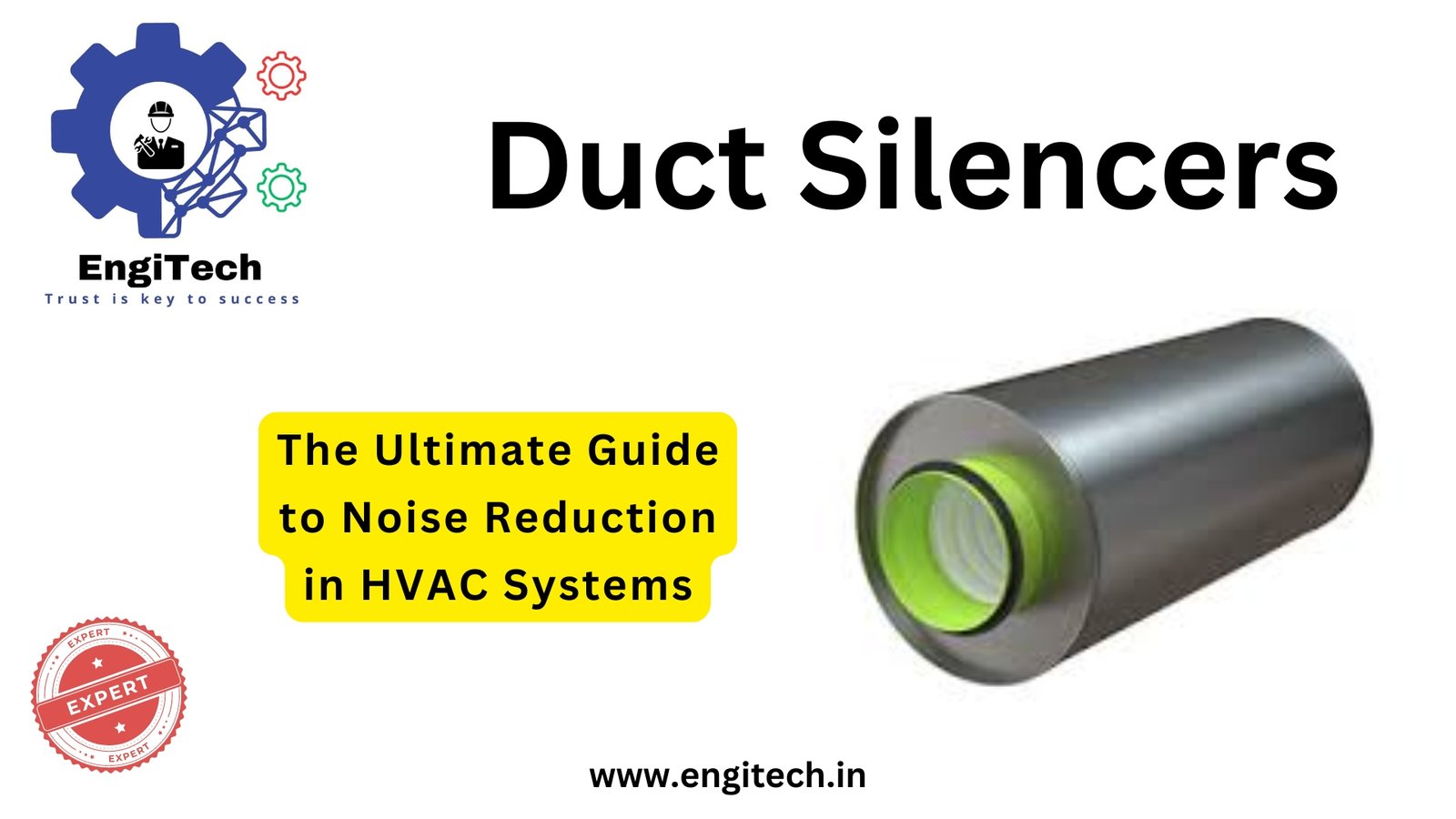The Ultimate Guide to Duct Fans: Everything You Need to Know

In the world of HVAC (Heating, Ventilation, and Air Conditioning) systems, duct fans play a crucial role in maintaining air circulation, controlling temperature, and improving indoor air quality. Whether you’re dealing with a commercial or residential building, selecting the right duct fan can greatly enhance system efficiency, reduce energy consumption, and ensure a comfortable environment.
In this comprehensive guide, we’ll break down everything you need to know about duct fans—what they are, how they work, their benefits, and how to choose the right one for your specific needs. By the end, you’ll have a complete understanding of why duct fans are essential components in any ventilation or air-conditioning system.
Table of Contents
What Are Duct Fans?
Duct fans, also known as inline duct fans or duct booster fans, are mechanical devices installed within air ducts to regulate airflow. These fans assist in pushing air through HVAC systems, overcoming resistance from long ducts, bends, or restrictive filters.
How Duct Fans Work
Duct fans work by increasing the flow of air through ductwork, ensuring that the conditioned air (heated or cooled) is distributed evenly throughout the space. This is particularly important in large buildings or homes where air might not circulate efficiently in certain areas.
Primary Function of Duct Fans:
- Boosting airflow in HVAC systems
- Improving air circulation and temperature control
- Reducing energy usage by enhancing system efficiency
Why Duct Fans Are Essential for Efficient HVAC Systems
Benefits of Duct Fans
- Improved Airflow: In larger buildings or homes with extensive ductwork, airflow can become restricted. Duct fans help push the air more effectively, ensuring consistent temperature control.
- Energy Efficiency: By assisting the main HVAC system, duct fans reduce the workload on the primary unit. This leads to lower energy consumption and cost savings in the long term.
- Enhanced Comfort: Duct fans eliminate hot or cold spots in your building by ensuring the conditioned air reaches every corner. This creates a more comfortable environment, regardless of the size or layout of your property.
- Extended HVAC Lifespan: Since duct fans relieve some of the strain on the central HVAC unit, the overall system experiences less wear and tear, leading to a longer lifespan.
- Quiet Operation: Unlike traditional fans, duct fans are designed for quiet operation. Their placement within ductwork minimizes noise, making them ideal for homes, offices, and commercial spaces.
Types of Duct Fans
Choosing the right type of duct fan is critical to the performance of your HVAC system. Below are the most common types of duct fans available:
1. Axial Duct Fans
Axial fans are among the most popular types, designed to move air parallel to the fan blade’s axis. These fans are suitable for applications where the air needs to move over short distances. They are often used in areas where high airflow is needed but with relatively low pressure.
Best For: Shorter duct systems, residential use, small office spaces
2. Centrifugal Duct Fans
Centrifugal fans operate by drawing air into the center of the fan and expelling it at a 90-degree angle. These fans are better suited for longer duct systems or situations where higher pressure is needed to move the air.
Best For: Commercial buildings, industrial facilities, longer duct systems
3. Mixed-Flow Duct Fans
As the name suggests, mixed-flow fans combine the characteristics of both axial and centrifugal fans. They offer high airflow with moderate pressure capabilities, making them versatile for a range of applications.
Best For: Versatile applications, residential or commercial use, medium-length ducts
4. Inline Duct Fans
Inline fans are installed directly into the ductwork and are specifically designed to boost airflow through the system. These fans are excellent for increasing air circulation in areas where the main HVAC unit struggles to distribute air effectively.
Best For: Residential and commercial use, longer duct runs, rooms with poor ventilation
How to Choose the Right Duct Fan for Your Needs
When selecting a duct fan, several factors come into play. Here’s a checklist to help you make an informed decision:
1. Duct Size and Length
The size of the ductwork and its length determine the type and size of the fan you’ll need. Longer ducts require more powerful fans, such as centrifugal or mixed-flow fans.
2. Airflow Requirements
Airflow is measured in cubic feet per minute (CFM). Ensure you select a fan with the appropriate CFM rating for your space. Larger spaces with higher airflow demands will need more robust fans.
3. Static Pressure
Static pressure is the resistance that air encounters as it moves through the ducts. Fans designed to handle higher static pressure, such as centrifugal fans, are ideal for systems with longer or more complex ductwork.
4. Noise Levels
Consider the noise levels produced by the fan. Axial and mixed-flow fans tend to operate more quietly compared to centrifugal fans, which may be important in residential or office environments.
5. Energy Efficiency
Look for energy-efficient models, particularly those with Energy Star ratings. These models will help reduce your electricity bill and have a smaller environmental footprint.
Expert Tips for Duct Fan Installation
1. Proper Placement
The location of the duct fan within the ductwork is crucial for optimal performance. It’s typically recommended to install the fan near the end of the duct system to boost airflow effectively.
2. Sealing and Insulation
Ensure all connections are properly sealed to prevent air leaks, which can reduce the fan’s efficiency. Also, insulate the ducts to minimize energy loss.
3. Regular Maintenance
Like all HVAC components, duct fans require regular maintenance. Clean the fan blades and ducts periodically to remove dust and debris, which can hinder airflow and reduce efficiency.
Common Questions About Duct Fans
1. Can I install a duct fan myself?
Yes, if you have basic knowledge of HVAC systems, you can install a duct fan yourself. However, it’s always best to consult a professional to ensure proper placement and installation.
2. How long do duct fans last?
The lifespan of a duct fan depends on usage and maintenance, but on average, they last between 7-10 years with proper care.
3. Do duct fans increase energy consumption?
While duct fans do consume some electricity, they typically reduce overall energy consumption by improving the efficiency of your HVAC system, leading to long-term savings.
Final Thoughts: Optimize Your HVAC with Duct Fans
Duct fans are essential tools in optimizing airflow, reducing energy consumption, and ensuring comfort in residential, commercial, and industrial environments. Whether you’re dealing with long ducts, uneven airflow, or energy inefficiency, a duct fan can be the perfect solution to enhance your HVAC system.
Take the time to assess your needs, consult with experts, and choose the right fan for your specific application.
If you’re looking for more information on how to optimize your HVAC system, or need help selecting the right equipment, visit EngiTech for comprehensive resources and the latest updates on industrial ventilation technology. Stay ahead of the curve with expert advice and cutting-edge solutions!


